Georg Philipp Telemann’s Donner-Ode and Die Tageszeiten
Resounding Nature
On 1 November 1755 Europe was shaken by a violent earthquake, and not a stone was left standing: the Lisbon earthquake – a violent tsunami, as we now know it to have been – almost completely destroyed the fourth largest metropolis in Europe, killed over 100,000 people, and also shook large parts of the intellectual basis of the Enlightenment. This natural disaster was an event with far-reaching consequences which ushered in a radical intellectual change. In its wake, the theological and philosophical thinking of the era underwent considerable change and, intellectual (and religious) certainties crumbled. Supposedly reasonable people turned out to be mere pawns in a game of uncontrollable natural powers. Contemporaries sought explanations, and asked the distraught question of how such a catastrophe could possibly be associated with the “best of all possible worlds” (Leibniz) of a benevolent God.
The Lisbon earthquake also left its mark on contemporary arts. Instrumental music which had been dismissed until that point as “noise” and “not capable of conveying any independent message” increasingly developed into an equal, expressive partner to vocal music with text (which had always previously been given preference). Certainly the ability of music without words to vividly imitate natural sounds and natural phenomena played a large part in this process.
Georg Philipp Telemann contributed considerably to this development. It was his impressive late works from the 1750s and 1760s which represented a completely new direction. With the Donner-Ode (The Ode of Thunder) of 1756 Telemann reacted directly to the Lisbon earthquake. Telemann chose as his text an eloquent poem which Christian Gottfried Krause (1719–1770) and Karl Wilhelm Ramler (1725–1798) had compiled from psalms 8 and 29 (translated into German and put into verse by the Copenhagen court chaplain and poet Johann Andreas Cramer). The composer responded to this free ‘Erlebnisdichtung’ (poetry based on personal experience), which could also be described as a song of high tension, with individual musical sequences in which the form appears to emerge directly from the action in question.
The solemn opening chorus “Wie ist dein Name so groß” expresses the central statement of the whole piece: the “praise of God in the face of the grandeur of powerful nature” (Laurenz Lütteken). In the 18th century “solemn” was understood to mean the “great and frightful beauty in nature” (Klopstock); the circle around Johann Andreas Cramer even spoke of a “pleasant horror”. This opening chorus is also both “solemn” and magnificent. Its grave dotted rhythm at the beginning recalls the Overture in a suite, as does its opening three-part structure, with a fast, non-dotted middle section (“von deinem Namen entzücket”/ “enraptured by your name”) and the return of the beginning. In the following movements Telemann continued to avoid the traditional forms of sacred vocal music, and there are no recitatives or classical arias. Instead, solo monologues follow on from each other in free form, mostly with concertante instruments: soprano and bassoon in the second movement, alto and oboe d’amore in the third, tenor and virtuoso strings in the fourth, first bass and horn in the fifth, second bass and trumpet in the sixth, and both basses and timpani in the seventh movement.
Georg Philipp Telemann
Donner-Ode
The new edition takes into consideration important, newly discovered sources such as the autograph of the first part.
The drama increases from movement to movement, and the plot of the ode intensifies. For the first time the raging violence of nature is described in the tenor monologue, marked “feurig” (fiery): “Die Stimme Gottes erschüttert die Meere” (“The voice of God shook the seas”). Raging rhythms in the violins and coloraturas in the voices produce a vivid virtuosity, which imitates thunder at the line “Der Höchste donnert” (“the Almighty thunders”). Contemporary events are recalled and the catastrophe of Lisbon appears before the mind’s eye. In the sixth movement the destruction goes one step further through the violence of nature in which the glory of God is expressed – mountains collapse, and “der Erdkreis wankt” (“the world shakes”). Both find their expression in the music: the violins vividly depict a range of mountains in a hectic zigzag, the trumpet sounds like the last trumpet of the Day of Judgement this, and the bass disrupts the rhythm with sung syncopations.
The final duet of the 1st part, followed by a da capo of the opening chorus, is the high point and rhetorical summation of the entire Donner-Ode: “Er donnert, dass er verherrlichet werde”(“He rages, so that he will be glorified”). For Telemann, this is not a duet in the usual sense, but a reinforced singing, with both the vocal parts treated instrumentally with trills and repeated notes symbolizing thunder. The unconventional solo timpani strengthens the impression of a nightmarish descent into hell – and leads into the call for a song of praise, organically drawing the da capo of the opening chorus in its wake. And so the circle is completed – at the end, as at the beginning is the praise of God’s glory.
The second part of the Donner-Ode was composed for New Year’s Day 1760. “Mein Herz ist voll” was similarly premiered in the main Hamburg church of St. Katharinen, as music before the sermon. The warlike text also came from Cramer’s translation of the psalms. It is not known who adapted the text, but it is assumed that Telemann himself arranged Psalm 45 for his own use. The Donner-Ode was heard again in a memorable concert on 8 April 1761 in the Hamburg Drillhaus, the usual venue for Telemann’s own series of concerts. Georg Philipp Telemann combined it with two other late works, Die Auferstehung and Die Tageszeiten (The Times of the Day, Carus 39.137). It was with Die Tageszeiten, written in 1759, that Telemann increasingly distanced himself from the Baroque with its individual musical language; the work is closer to the galant style of the young Joseph Haydn (you only have to listen to his three “Tageszeiten” symphonies of 1761!). An introductory Symphonie in the Italian style à la Vivaldi, musically evoking the image of the dawning day (rising melody = the rising sun), is followed by four cantatas (Der Morgen, Der Mittag, Der Abend, Die Nacht – Morning, Midday, Evening, Night), which vividly depict the nature and the atmosphere of the different times of day. Each of these is similarly structured, with the sequence aria – recitative – aria – chorus, although each in itself seems like a free meditation on a theme in which a solo voice is always paired with a concertante instrument (Morning: soprano & trumpet, Midday: alto & viola da gamba, Evening: tenor & 2 transverse flutes, Night: bass & bassoon).
Friedrich Wilhelm Zachariae, the then thirty-year-old librettist of Die Tageszeiten, enthused about the sixty-eight-year-old Telemann, who was able to compose such sensitive, vivid and unconventional music in his late works: “But who is the old man who, with a light touch, full of sacred fire, fills the astonished temple with delight? Listen! how the waves of the sea roar; how the mountains and the Lord’s earth rejoice! […] Telemann, nobody else than you, you father of sacred music…”
Dr. Henning Bey has been working as Promotion Manager for Stage and Orchestra at Carus-Verlag since October 2025. Previously, he served as Artistic Planner with the SWR Symphony Orchestra, Chief Dramaturge of the International Bach Academy Stuttgart, and Dramaturge at the Freiburg Baroque Orchestra. He gained editorial experience as a member of the editorial team of the New Mozart Edition in Salzburg.

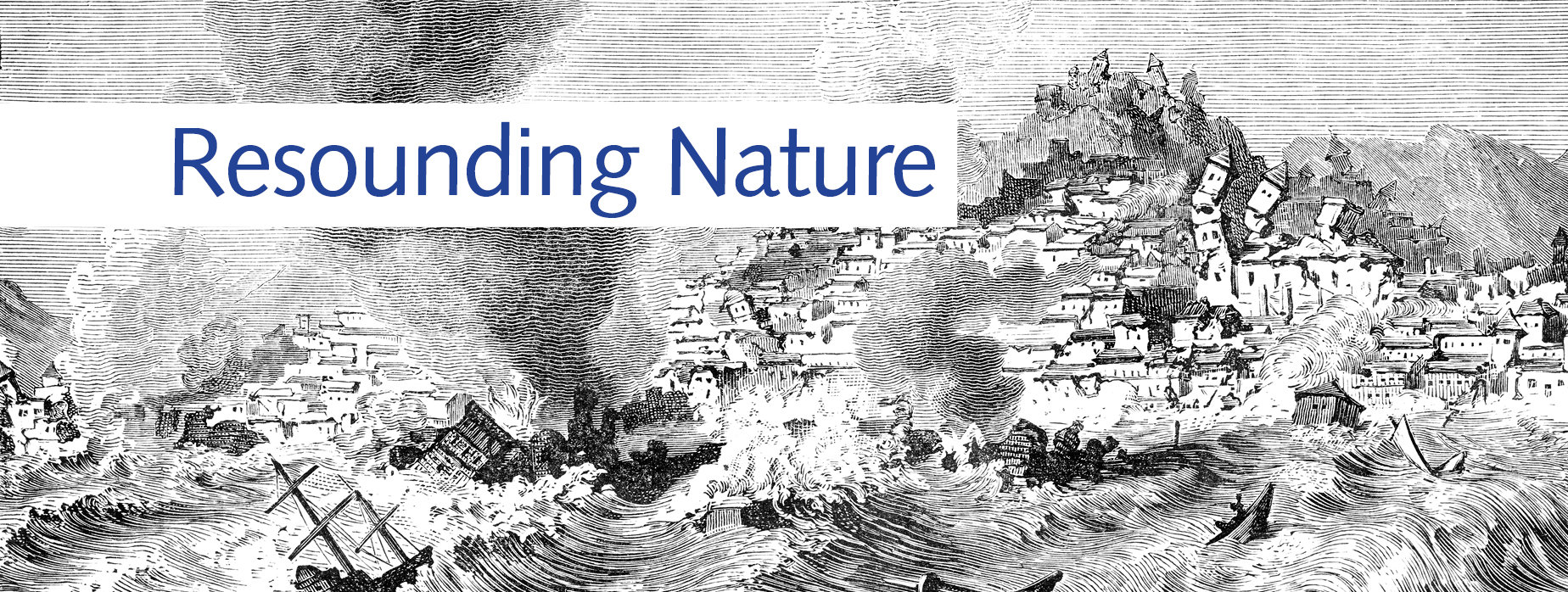
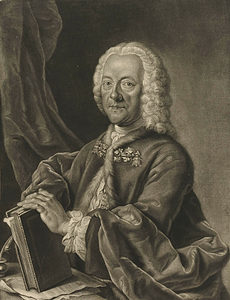
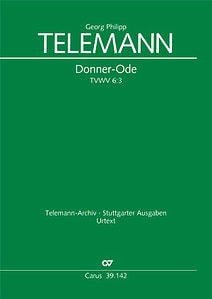
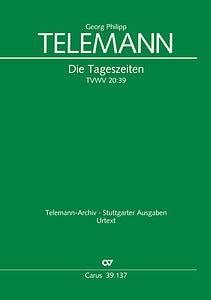

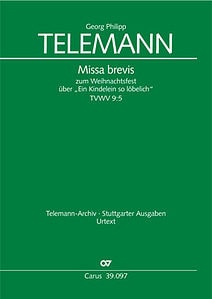
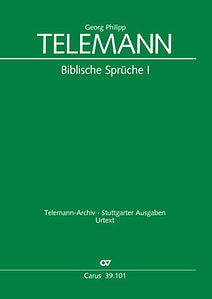
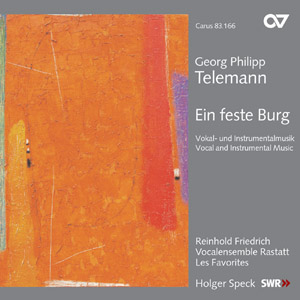
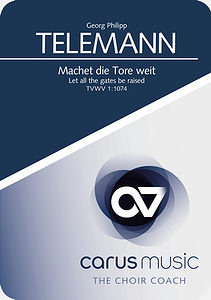


Leave a Reply
Want to join the discussion?Feel free to contribute!